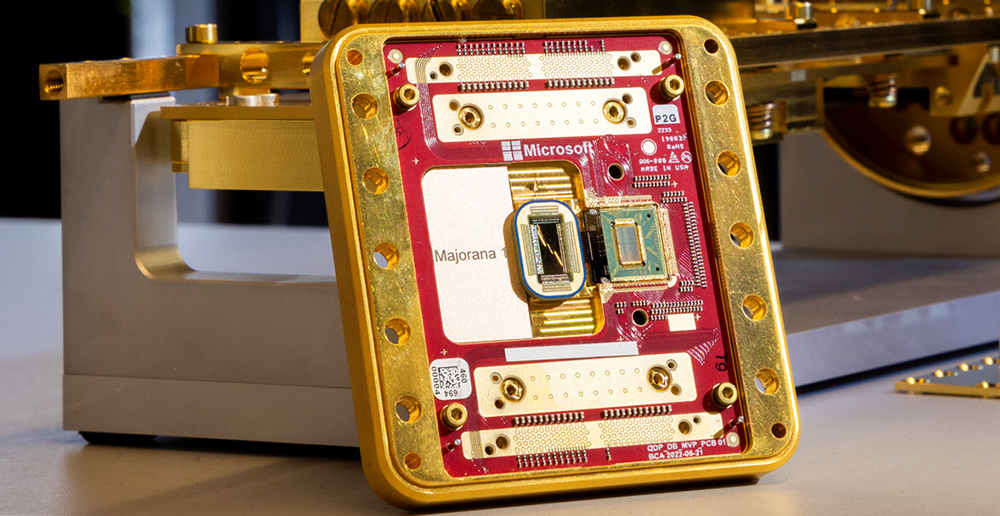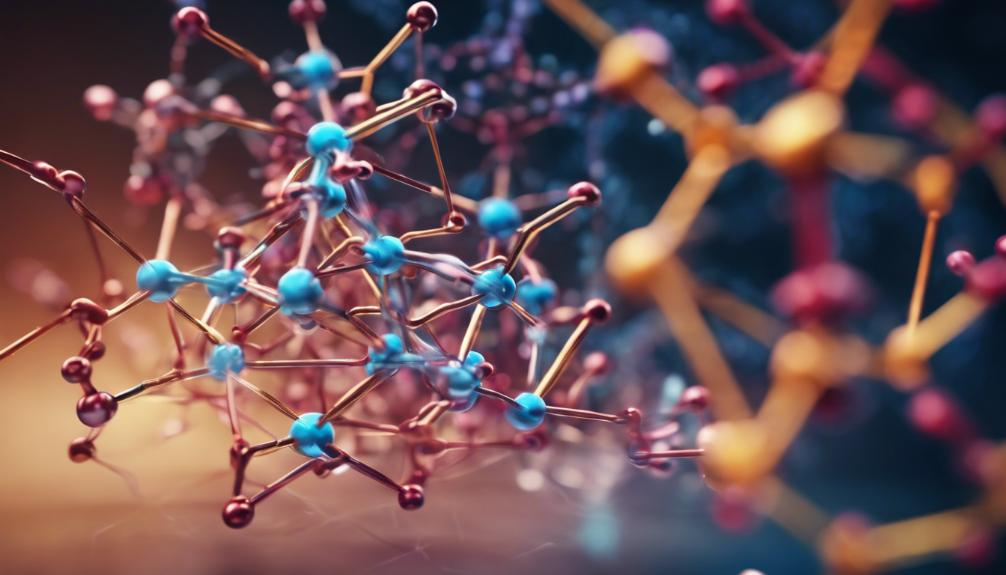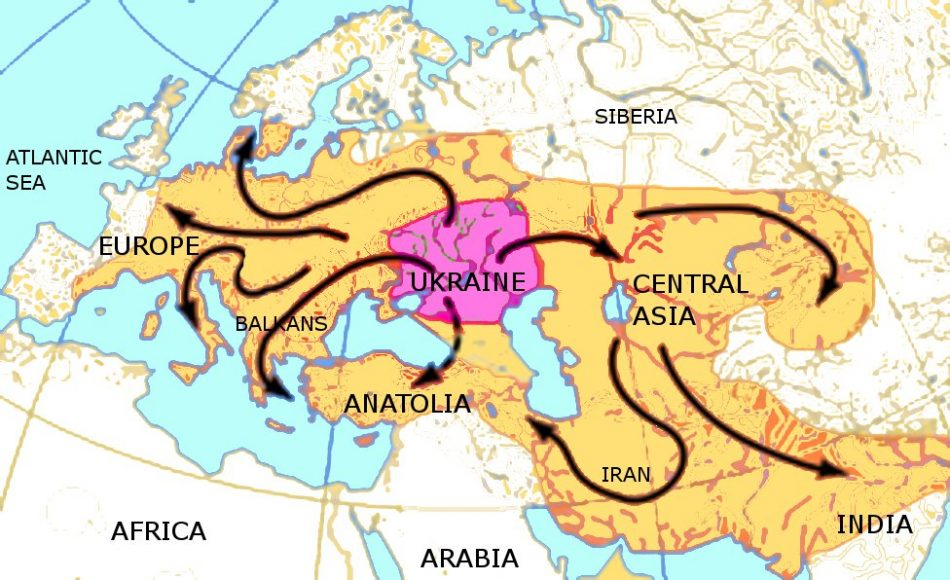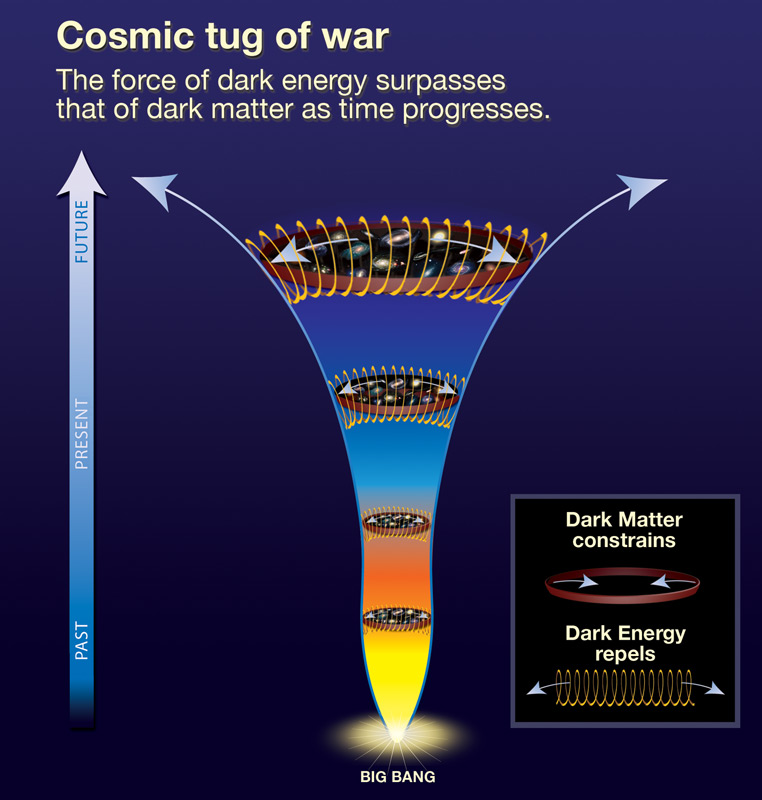The emergence of the topological qubit marks a significant breakthrough in the realm of quantum computing, particularly through the efforts of Microsoft and notable innovator Chetan Nayak. This novel qubit not only enhances the reliability of quantum computations but also positions itself as a pivotal element in the race towards developing ultrafast quantum computers that can tackle complex challenges beyond the reach of classical supercomputers. Unlike traditional qubits that may struggle with stability and error correction, the topological qubit leverages the principles of topology to minimize interference from external factors, providing a more robust solution. The implications of this advancement are profound, potentially revolutionizing fields that rely on quantum mechanics while streamlining the path towards scalable quantum error correction. With this promising innovation, the future of quantum computing looks brighter, facilitating unprecedented developments across various industries.
The concept of a topological qubit is transforming our understanding of computational technology, particularly in the sphere of quantum processors. This innovation represents a pivotal departure from conventional qubit designs, incorporating unique mathematical properties that enhance the stability and resilience of quantum states against environmental disturbances. By harnessing topological insights, researchers are exploring new frontiers in fault tolerance and error management, critical components in realizing viable quantum computations. This approach reflects a broader trend in quantum physics, where the aim is to design qubits that can withstand the complexities of real-world applications. As we delve deeper into this next generation of qubits, the collaboration between industry leaders and academic figures like Chetan Nayak continues to drive progress, paving the way for breakthroughs that could significantly expand the capabilities of quantum technologies.
The Importance of Topological Qubits in Quantum Computing
Topological qubits represent a significant progression in the realm of quantum computing, thanks to their inherent stability and robustness. Traditional qubits, while groundbreaking, are susceptible to errors caused by environmental fluctuations and noise, which can quickly degrade their performance and computation reliability. By contrast, topological qubits leverage unique mathematical properties to encode information across non-localized states, thus greatly enhancing their resilience against decoherence. This innovative approach means that topological qubits could enable more stable quantum operations, paving the way for developing machines that transcend today’s technology and potentially revolutionize computing.
Chetan Nayak, a key figure in this development, emphasizes that the stability and error correction capabilities of topological qubits could be pivotal in realizing the long-desired million-qubit quantum computer. Such advancements promise to unlock unprecedented computational potential, allowing for breakthroughs in fields ranging from material science to cryptography. The benefits of this technology extend beyond mere performance metrics; they represent a foundational shift in how quantum computers can operate, offering a pathway to solving complex problems that have previously been beyond reach.
Challenges in Developing New Quantum Technologies
The journey toward creating functional topological qubits has not been without significant hurdles. As Nayak points out, the early days of quantum computing shared challenges reminiscent of vacuum tube computer development in the mid-20th century. The need for a deep understanding of semiconductor physics was critical, particularly regarding how various materials can behave as either conductors or insulators under specific conditions. This intricate balance is essential for optimizing qubit performance while minimizing inherent material imperfections that could compromise stability.
Research teams had to engage in extensive experimentation to identify the ideal materials that exhibit the necessary properties for topological states. This involved years of iterative design, testing, and refinement to overcome the obstacles associated with hybridizing superconductors and semiconductors. As they refined their approach, researchers strategically targeted issues critical to advancing the understanding of high-temperature superconductivity, a pivotal concept that underpins the functionality of topological qubits. The insights gained not only contribute to quantum computing advancements but also push the boundaries of material science.
The Road to Ultrafast Quantum Computers
Achieving the goal of ultrafast quantum computers is a daunting challenge that encompasses multiple facets of quantum technology. The integration of topological qubits is a vital step in this journey, as their robustness contributes to the scalability needed to construct systems with millions of qubits. Microsoft envisions a future where these machines can solve complex problems in seconds—tasks that would take conventional supercomputers centuries to accomplish. As stated by Nayak, building upon the current few-qubit systems to reach larger architectures demonstrates the substantial progress being made towards this ambitious goal.
However, the path forward is laden with technical and theoretical challenges. The scaling of qubit systems requires not only advancements in hardware but also innovations in quantum error correction techniques to maintain coherence across larger networks. Collaborations with organizations like DARPA underscore the significance of a concerted effort in pushing these quantum limits. As researchers strive to find solutions that allow for fault-tolerant qubit arrangements, the implications of success extend beyond computing speed, potentially reshaping industries reliant on ultra-complex simulations.
Implications of Quantum Error Correction
Quantum error correction is a critical component in ensuring the viability of quantum computers, particularly as systems become more intricate. With traditional qubits susceptible to noise and interference, the introduction of topological qubits aims to mitigate these concerns through their unique properties. This error correction allows qubits to maintain their quantum states longer, making them suitable for complex computations. Furthermore, by employing robust coding strategies that exploit the topological nature of these qubits, researchers can create systems that effectively prevent and recover from faults, leading to more reliable quantum calculations.
Understanding how to manage errors efficiently is paramount in advancing quantum computing technology. As Nayak’s team delves deeper into this field, they are not only exploring the mechanics of topological qubits but also redefining the strategies used in quantum error correction. This dual focus is essential for building a scalable and practical quantum computer capable of tackling real-world problems, cementing the role of topological qubits as a cornerstone of future quantum ventures.
The Future of Quantum Computing Research
The future of quantum computing research is fraught with potential, particularly through the lens of topological qubits and their promise for achieving scalable quantum architectures. As Chetan Nayak remarks, the immediate aim is to produce a quantum computer that can operate with millions of qubits—an endeavor that involves a rigorous understanding of quantum mechanics and materials science. Researchers are poised not only to enhance core technologies but also to unlock the secrets of high-temperature superconductors and other critical phenomena that can propel quantum computing toward newfound potentials.
Additionally, the multi-disciplinary nature of this research suggests that breakthroughs in one area may herald advancements in others. For instance, discovering new material properties can influence developments in both quantum computing and nanotechnology, further accelerating innovation in ultrafast quantum computers. As Nayak continues his work, the intersections between various scientific fields will likely yield collaborative breakthroughs that enhance the computational capabilities and knowledge at the frontier of quantum research.
Navigating Scientific Discovery in Quantum Technologies
Navigating the landscape of scientific discovery in quantum technologies is a multifaceted endeavor. As Chetan Nayak has experienced throughout his career, the journey is rarely linear, often filled with unforeseen obstacles and revelations. Scientists must engage in a delicate balancing act between vision and empirical research, constantly iterating on theories while also adapting to new findings that challenge existing paradigms. This is particularly true in the rapidly evolving field of quantum computing, where traditional understandings of physics can shift dramatically as new data emerges.
To succeed in such an environment, collaboration and knowledge sharing among researchers is essential. Interdisciplinary partnerships open up avenues for innovative research approaches that might not emerge within isolated fields. Nayak’s extensive background in physics and collaborations within Microsoft underscore the importance of both foundational knowledge and collective effort in tackling challenges inherent in developing topological qubits and other quantum technologies. This synergy will be crucial in guiding the next generation of quantum researchers toward realizing the theoretical promises of quantum computing.
Chetan Nayak’s Contributions to Quantum Computing
Chetan Nayak’s influence in the realm of quantum computing cannot be overstated; his extensive work has significantly advanced the understanding of qubit architectures and error correction. As a Microsoft technical fellow and professor, Nayak has been instrumental in guiding cutting-edge research that combines theoretical insights with innovative practical applications. His leadership of the team that developed the topological qubit has not only geared Microsoft toward a future with ultrafast quantum computers but has also shaped the broader landscape of quantum technology research.
Nayak’s academic journey and professional experiences have uniquely positioned him to bridge gaps between theoretical physics, material science, and effective computing methodologies. His explorations into high-temperature superconductors have opened pathways to understanding new states of matter that hold promise for revolutionizing quantum computing. By fostering an environment of curiosity and rigorous inquiry, Nayak continues to inspire the next generation of scientists who will build upon this legacy and push the boundaries of what is possible in quantum computing.
The Role of Microsoft in Advancing Quantum Technologies
As one of the pivotal players in the quantum computing arena, Microsoft has established itself as a leader in developing technologies that harness the power of quantum mechanics. The company’s focus on creating topological qubits underscores its innovative spirit and commitment to overcoming the limitations of traditional qubit systems. Through significant investments and collaborations, Microsoft aims to deliver quantum technologies that can have a profound impact on numerous fields, including artificial intelligence, materials science, and drug discovery.
Moreover, Microsoft’s approach encapsulates a holistic vision of quantum computing, blending hardware development with software solutions and advanced algorithms. This synergistic model not only fosters rapid advancements but also ensures that technological innovations are accessible and usable for various industries. By championing initiatives such as those led by Nayak, Microsoft positions itself at the forefront of a quantum revolution that could redefine the computing landscape as we know it.
The Potential Impact of Ultrafast Quantum Computers
Ultrafast quantum computers, powered by innovations like the topological qubit, hold the promise of transforming how industries approach complex problem-solving. The ability to perform calculations at unimaginable speeds can lead to advancements in various domains, including pharmaceuticals, climate science, and artificial intelligence. For instance, ultrafast quantum computers could facilitate the design of new drugs by simulating molecular interactions more accurately and swiftly compared to classical methods, significantly shortening research timelines and reducing costs.
Furthermore, the implications extend to the realms of cryptography and security. With the advancement of quantum computing capabilities, traditional encryption methods could be rendered obsolete, necessitating the development of new secure communication protocols. As researchers like Chetan Nayak work diligently toward realizing the full potential of quantum computing, the societal implications of these technologies will require careful consideration and proactive measures to harness their capabilities responsibly.
Frequently Asked Questions
What are topological qubits and how do they differ from traditional quantum computing qubits?
Topological qubits are a new type of qubit that enhance stability and error correction in quantum computing. Unlike traditional qubits that are vulnerable to environmental disturbances, topological qubits utilize braiding of particle-like excitations to store information, making them more robust against errors. This robustness is essential for developing ultrafast quantum computers capable of solving complex problems.
How will topological qubits accelerate the development of ultrafast quantum computers?
Topological qubits, developed by Microsoft’s research team and led by Chetan Nayak, are designed to maintain quantum coherence for longer periods. This characteristic allows quantum computers to perform calculations more reliably and efficiently, potentially achieving speeds that surpass those of conventional supercomputers.
What role does quantum error correction play in the development of topological qubits?
Quantum error correction is crucial for topological qubits as it helps protect against the loss of information due to decoherence. By implementing robust error-correcting protocols, topological qubits can recover from errors without significant loss of performance, paving the way for more reliable quantum computations.
Can topological qubits improve the accuracy of simulations in quantum chemistry and materials science?
Yes, topological qubits are expected to enhance the accuracy of simulations in quantum chemistry and materials science. Their stability allows for more precise modeling of quantum systems, which is vital for understanding complex phenomena like high-temperature superconductivity and developing new materials.
What challenges does Microsoft face in scaling topological qubits to a million-qubit quantum computer?
Scaling topological qubits to a million-qubit quantum computer involves several challenges, including material production, error management, and system integration. Addressing these challenges requires significant research and development efforts to ensure that each qubit can function efficiently within the larger quantum system without degrading performance.
How is Chetan Nayak contributing to the advancement of topological qubits and quantum computing?
Chetan Nayak, a Microsoft technical fellow and professor at UC Santa Barbara, is at the forefront of research on topological qubits. His work focuses on developing new materials and theoretical frameworks that enhance the performance and stability of topological qubits, aiming to expedite the evolution of ultrafast quantum computers.
What materials are used to create topological qubits and why are they significant?
Topological qubits are primarily constructed from a combination of indium arsenide and aluminum, which together form a superconductor at low temperatures. These materials are significant because they enable the formation of a new state of matter necessary for achieving the unique properties of topological qubits, such as increased robustness and effective error correction.
What is the timeline for the realization of practical topological qubit-based quantum computers?
While a precise timeline for practical topological qubit-based quantum computers is challenging to define, Microsoft, under the leadership of Chetan Nayak, aims to demonstrate functional systems within a reasonable timeframe. The goal is to achieve sufficient progress that confirms the feasibility of realizing a million-qubit quantum computer that performs reliably.
How are topological qubits expected to change the landscape of quantum computing?
Topological qubits are poised to revolutionize quantum computing by providing a more stable and less error-prone platform for computation. Their unique properties could lead to breakthroughs in computational speed and efficiency, enabling researchers and industries to tackle some of the most challenging problems in science and technology.
What future research directions are being explored for topological qubits?
Future research directions for topological qubits include improving the underlying materials, refining error-correction methods, and exploring their applications in various fields of science. Additionally, ongoing collaborations, like those with DARPA, will help advance understanding and implementation of topological qubits in practical quantum computing solutions.
| Key Point | Details |
|---|---|
| Microsoft’s Topological Qubit | A new qubit that promises greater stability and robustness for quantum computing. |
| Superposition | Qubits harness quantum mechanics, allowing a single qubit to represent a 0, 1, or both simultaneously, vastly increasing computational power. |
| Construction Materials | The topological qubit is made from indium arsenide and aluminum, functioning as a superconductor at very low temperatures. |
| Error Correction | Topological qubits utilize stability in their wave functions to minimize error correction challenges associated with traditional qubits. |
| Future Goals | Microsoft aims to develop a million-qubit quantum computer to tackle complex problems in material science and chemistry. |
| Research Challenges | Researchers faced significant challenges in obtaining the right materials and understanding their properties to create stable qubits. |
| Ongoing Research | Future work includes addressing fundamental issues in quantum mechanics while developing materials for practical applications. |
Summary
The topic of topological qubits is pivotal in advancing the field of quantum computing. Microsoft’s innovation promises to enhance the reliability and efficiency of quantum computations, thereby positioning themselves at the forefront of this technological revolution. As research progresses, the implications of topological qubits could reshape how we approach complex problems in various domains, from materials science to chemistry, emphasizing the necessity of stability and robust error correction in future quantum systems.



